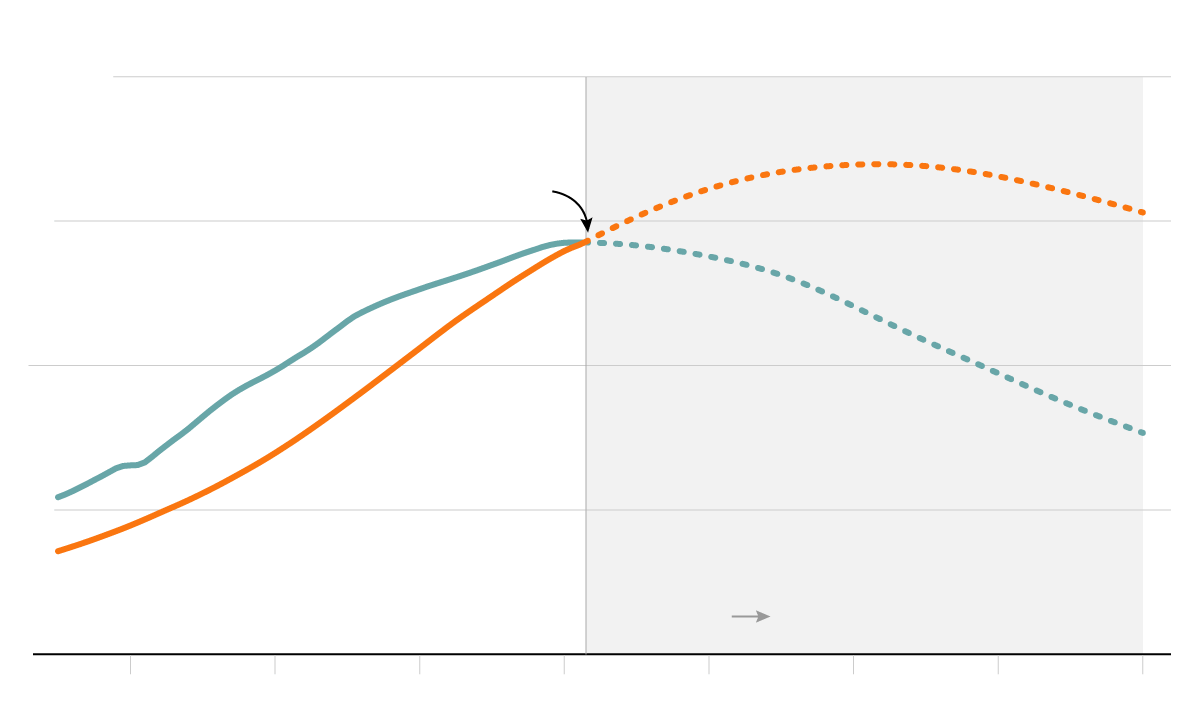
Total population
2023
1.4 billion people
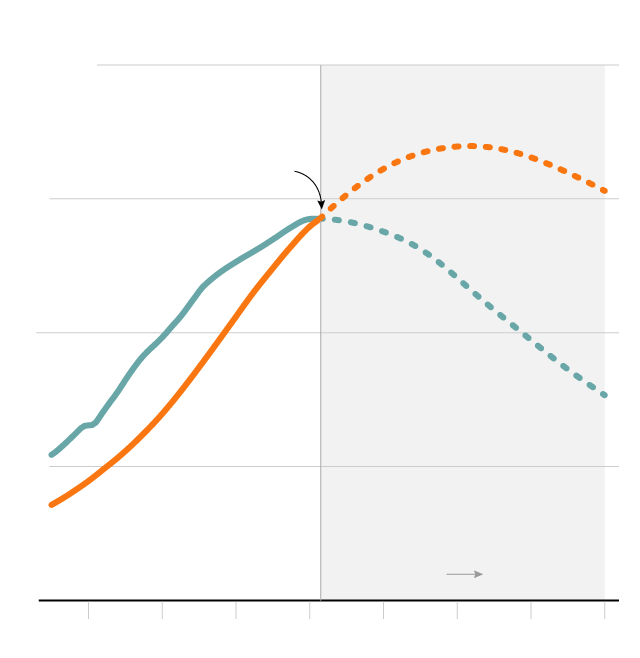
Total population
2023
1.4 billion people
Source: U.N. World Population Prospects, estimated populations at midyear.
It is a turning point the world has not seen in centuries, and is unlikely to see again for centuries more.
India is on the cusp of passing China in population, according to the latest U.N. estimates. At 1.428 billion people, India has already edged past mainland China, the data show, and it will soon surpass the mainland and Hong Kong combined.
With China’s population declining, the margin between the two countries will only grow as India becomes the most populous country in history. What had long been the world’s largest democracy is now, simply, the world’s largest everything.
China has taken advantage of its immensity to change the world more than any other nation over the past generation. Will India do the same over the generation to come?
Can India take advantage of its size?
India’s growth curve is the envy of aging countries like China, but the demographic future differs by region of the country.

Annual population growth
Growing
population
India’s population is projected to grow until the 2060s.
China’s population
declined for the first
time in 2022.
Great
Chinese
Famine
Declining
population
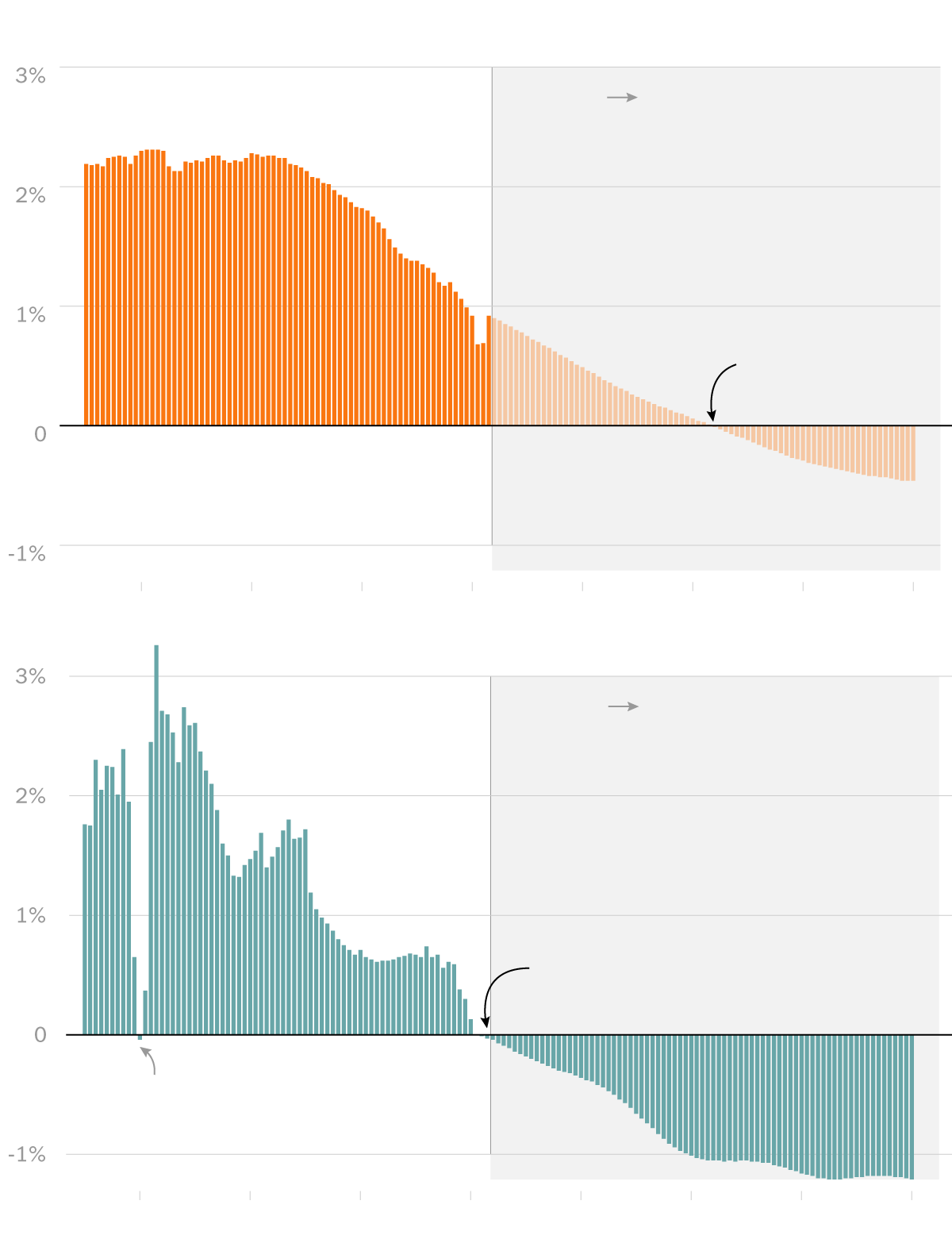
Annual population growth
Growing
population
India’s population is projected to grow until the 2060s.
Declining
population
China’s population
declined for the first
time in 2022.
Great
Chinese
Famine
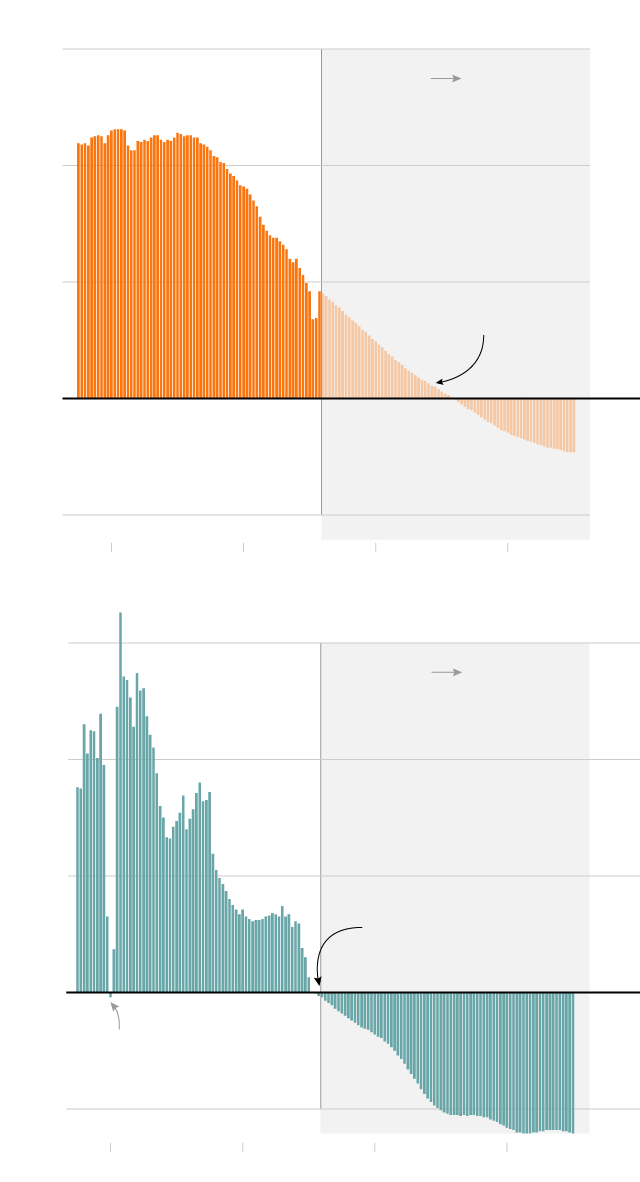
Annual population growth
Growing
population
India’s population is projected to grow until the 2060s.
Declining
population
China’s population
declined for the first
time in 2022.
Great
Chinese
Famine
Source: U.N. World Population Prospects
There was a time when India and China wanted to suppress the rate of population growth, by reducing the number of births. That era has long receded.
The gentle slope of the demographic curve propelling India into first place looks enviable to the many developed nations that are rapidly aging. Indians are living longer, and the number of babies being born each year has barely budged. Unlike China, which is facing the hangover of its decades under the one-child policy, India faces no steep drop-off and accompanying economic and social dangers. It has a young and expanding work force as China’s grays and contracts.
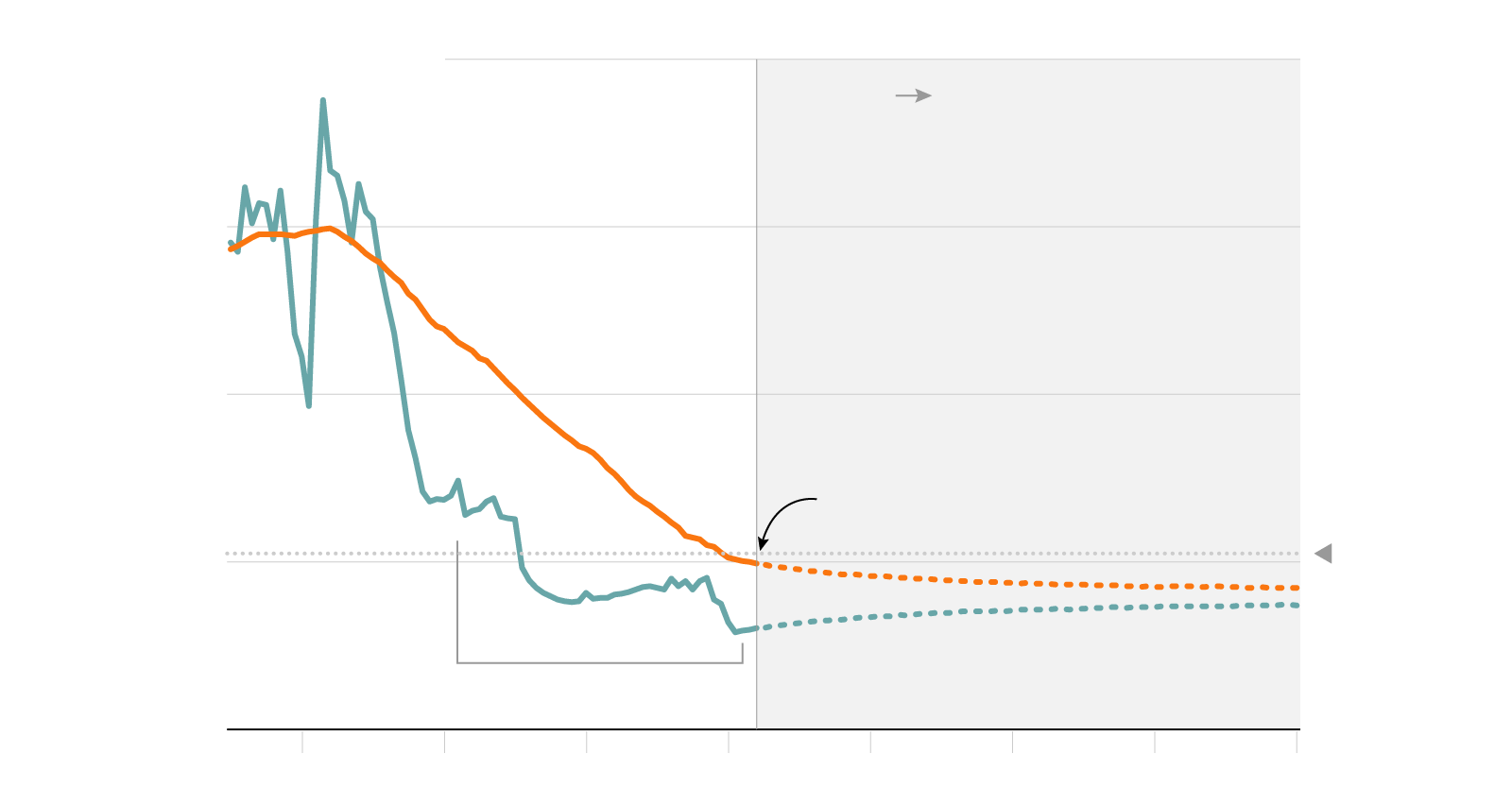
Fertility rate
8 children per woman
India’s fertility rate
ensures a roughly
stable population.
Approx. fertility rate for a stable population
One-child policy
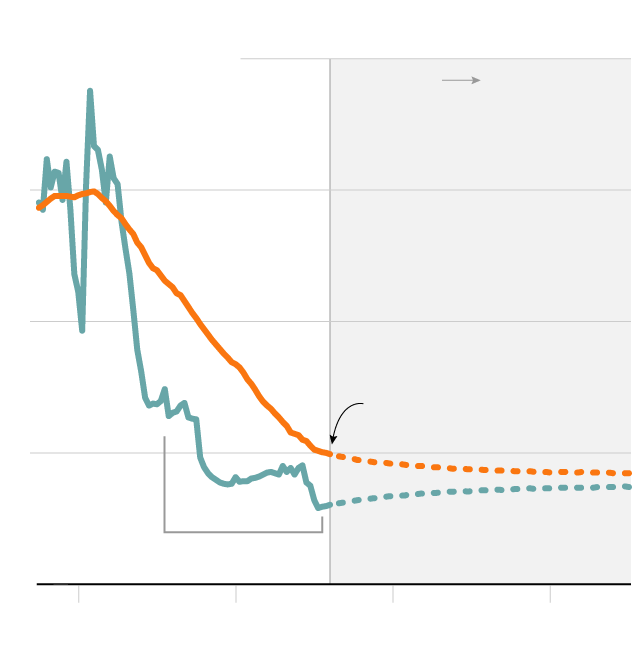
Fertility rate
8 children per woman
India’s fertility rate
ensures a roughly
stable population.
One-child policy
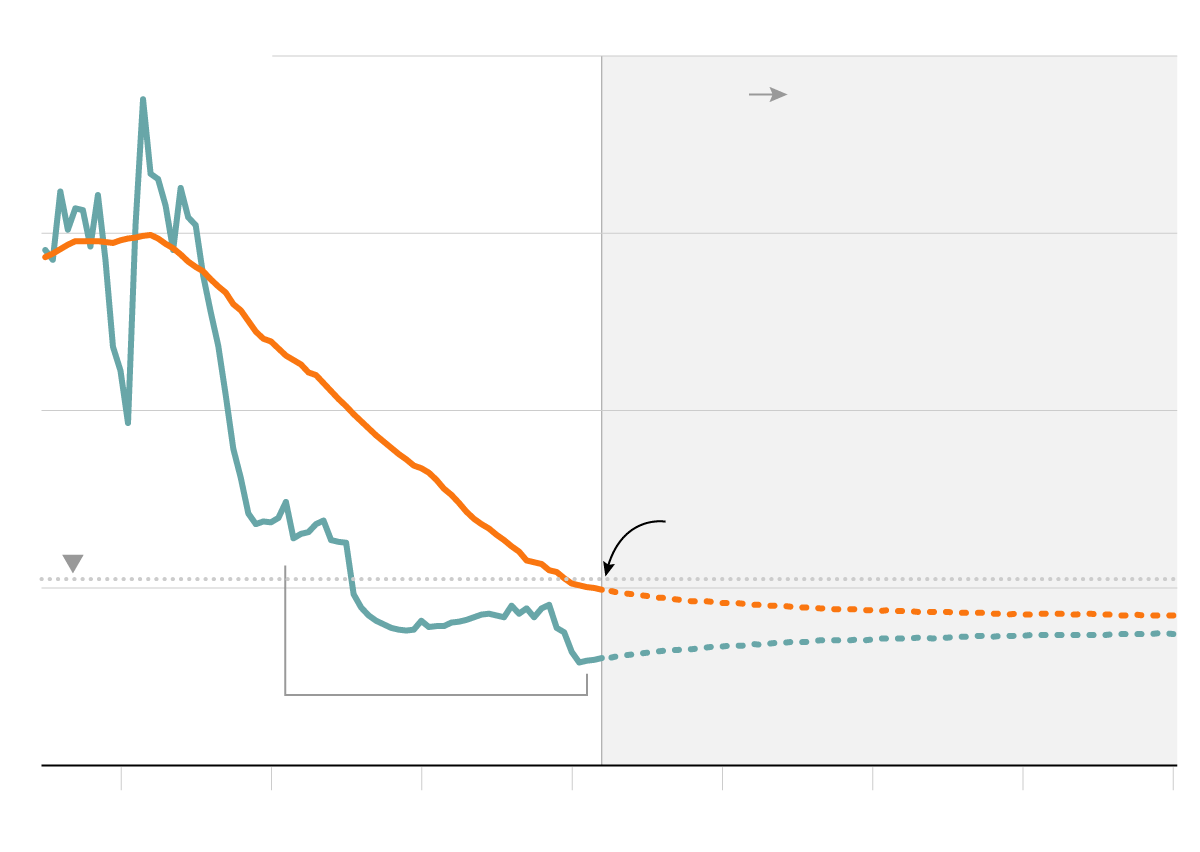
Fertility rate
8 children per woman
Approx. fertility rate for a stable population
India’s fertility rate
ensures a roughly
stable population.
One-child policy
Source: U.N. World Population Prospects
In some of India’s regions, the population is still growing too fast for their economies, producing many more able-bodied young people than there are jobs to occupy them. In other parts, however – especially the better-developed south, where women have more education and family planning programs have proved successful – the population has already peaked. There, young families rarely produce more than two children.
The physical needs of nearly a billion and a half people are imposing a terrible strain on India’s environment. But as the country lifts itself from deepest poverty, it is no longer subject to the famines of old. Instead, its future as far and away the world’s biggest work force is leading some to hope for an “Indian century” in the making.
Does India stand to reap a “demographic dividend”?
Having a fast-expanding young work force could be a big opportunity — or a disaster.
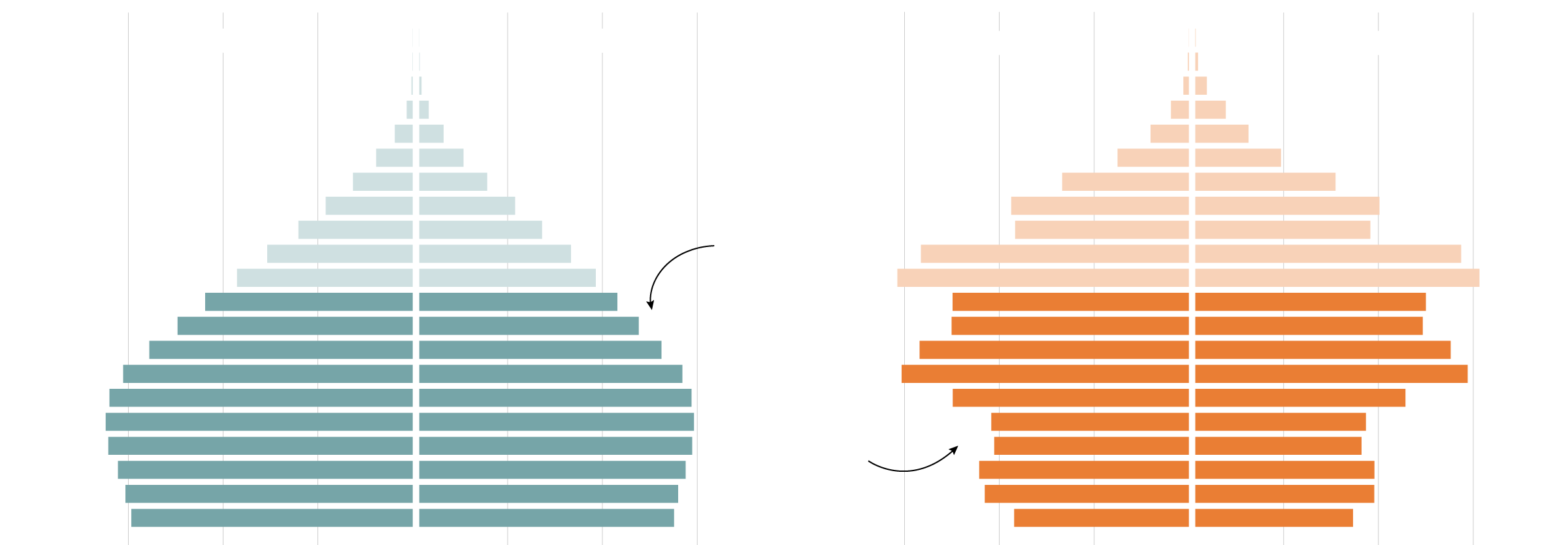
Nearly 80% of
India’s population
is younger than 50.
Fewer than
two-thirds of
Chinese people
are younger
than 50.
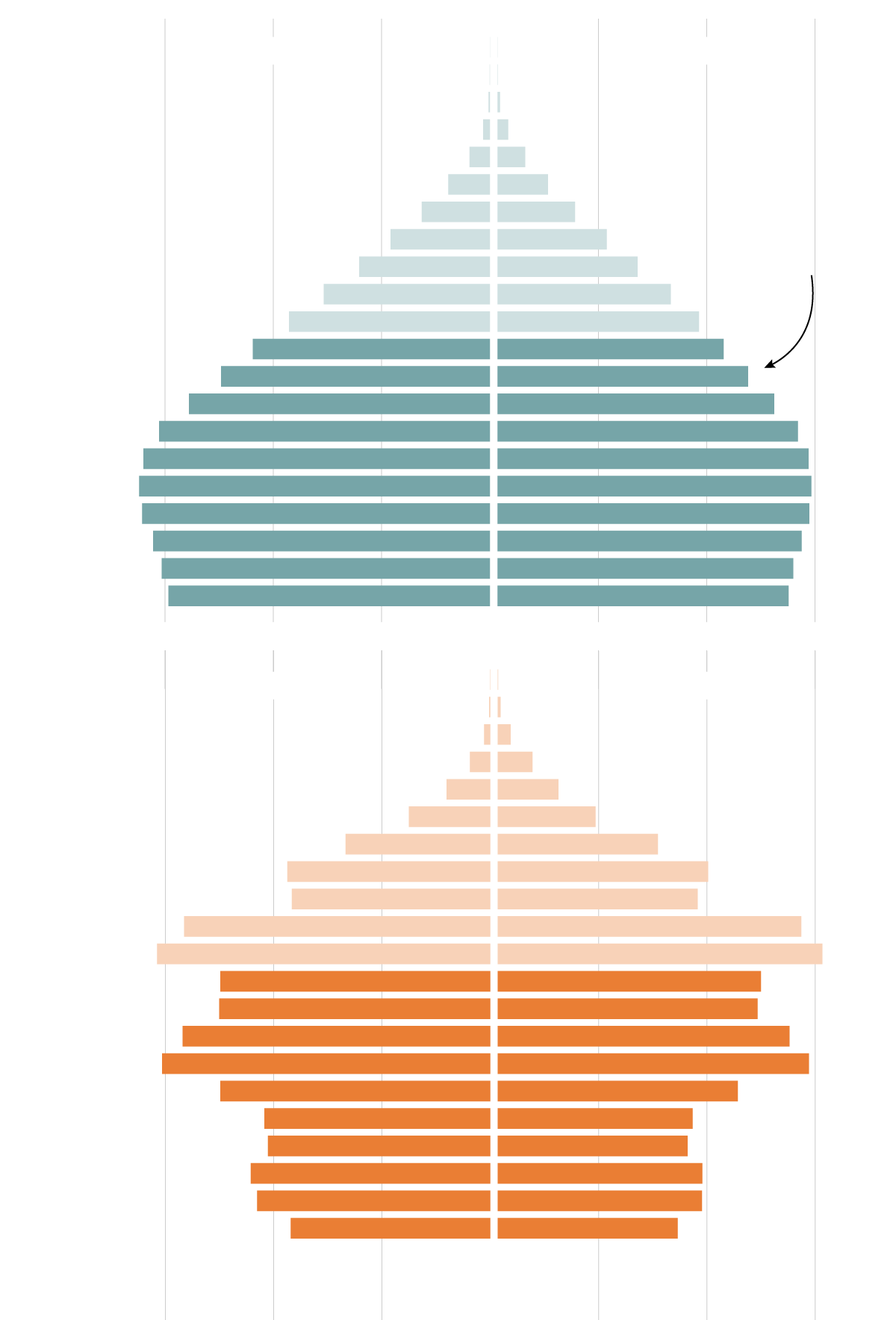
Nearly 80% of
India’s population
is younger than 50.
Fewer than
two-thirds of
Chinese people
are younger
than 50.

Nearly 80% of
India’s population
is younger
than 50.
Fewer than
two-thirds of
Chinese people
are younger
than 50.
Source: U.S. Census International Database
India is a country primed to work. More than two-thirds of all Indians are between the ages of 15 and 59. The country’s ratio of children and retirees to working-age adults is remarkably low.
But this opportunity comes with huge challenges. That “demographic dividend” could just as easily become a disaster. In some recent years, India has squeaked past China to claim the title of fastest-growing major economy. But it has never expanded fast enough to produce sufficient formal employment for everyone. The country needs about nine million new jobs every year just to keep pace; the annual shortfall helps relegate many to India’s old standby, agricultural work.
Most people in India lack the means to be “unemployed” – in the work force but without a job. Underemployment is the more discrete danger. Wages have been stagnant for eight years, according to an analysis by Jean Dreze, an economist at Delhi University. Economic growth without an equivalent increase in jobs makes India’s massively unequal society even more so, raising the potential for unrest.
Can India get more women into the work force?
Women work outside the home at lower rates in India than almost any other country, a huge roadblock for economic expansion.
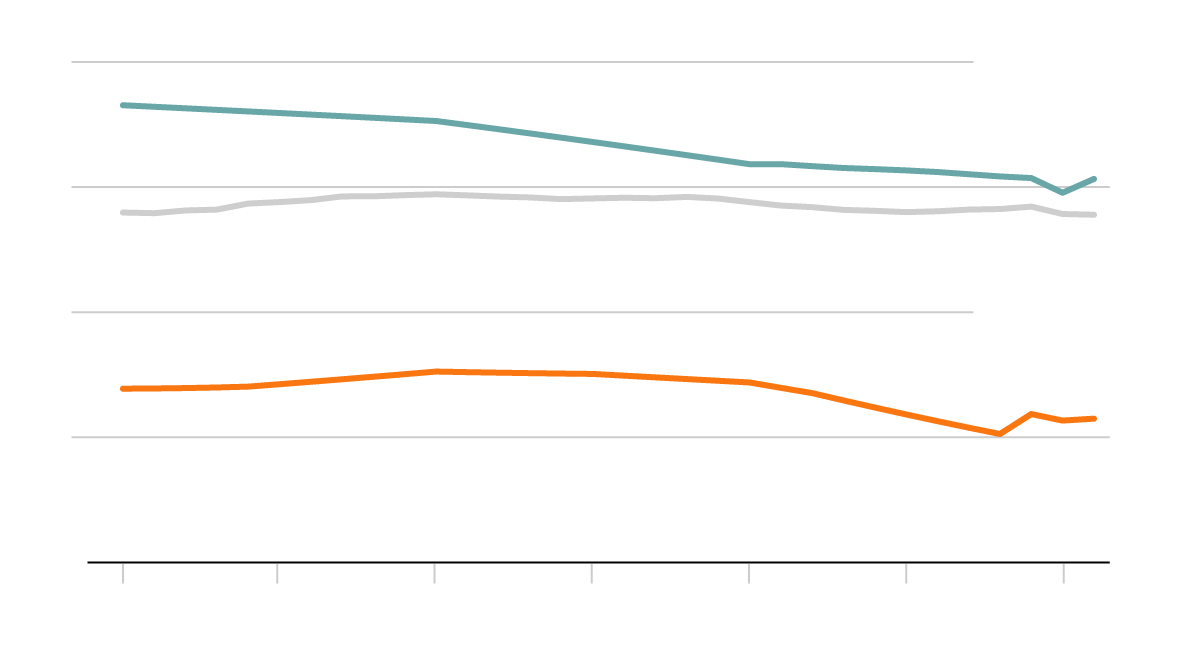
Women’s labor participation rate
More than 60% of women work in China.
Fewer than a third of women work in India.
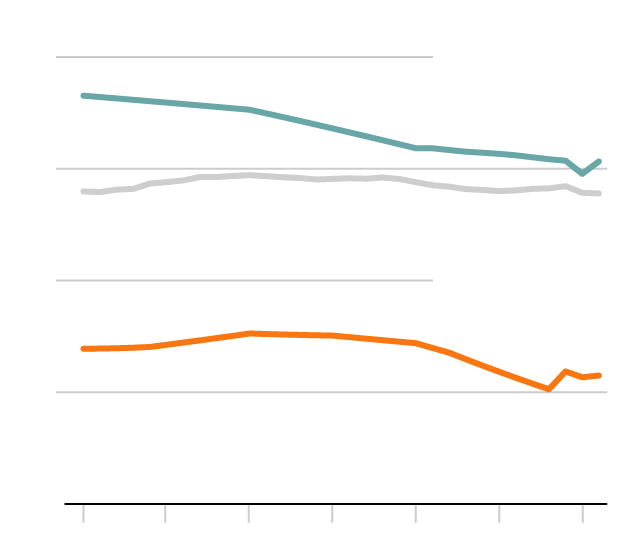
Women’s labor participation rate
More than 60% of women work in China.
Fewer than a third of women work in India.
Source: World Bank
India has one of the world’s lowest rates of formal employment for women: about one in five. China’s is almost double that rate, higher than the United States’ and the world average. An economy cannot meet its potential when it draws on the contributions of so few women.
Also worrisome, the rate has actually declined in India even as most of the country’s economic conditions have improved. The explanation favored by economists is that the jobs most women take are so poorly paid that as soon as a family can do without the extra income, wives stop working outside the home.
That does not mean women in India do not work hard. They are a visible presence in the 41 percent of society that is still in agriculture, and they carry nearly all of the household burdens. But so long as these women remain outside the formal work force, they cannot enter its most productive categories, in industry and services. Improved access to family planning, better education, efforts to change societal attitudes and measures to ensure women’s safety could help more women take on formal work.
Can India chart its own path to prosperity?
India’s economic story will not be a repetition of China’s — which could offer advantages.

G.D.P. per capita
India’s economic growth has lagged behind.
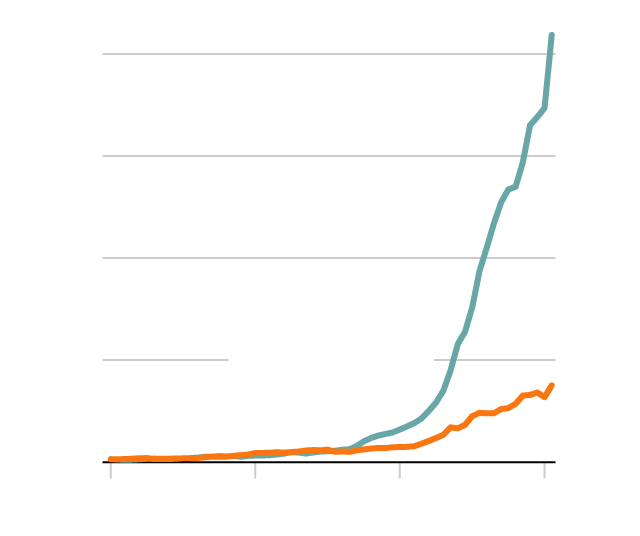
G.D.P. per capita
India’s economic growth has lagged behind.
Source: World Bank
In the early 1990s, when China accelerated market reforms, it roughly followed the template of others in East Asia – Japan, South Korea, Taiwan – and became a champion of export-driven manufacturing. It built an economy that today is more than five times the size of India’s.
Western countries are now rushing to embrace India as an alternative to China. But the obstacles that have kept India from following the same program over the past 30 years remain in place: ineffective governance, insufficient infrastructure, scanty spending on primary education and health, and laws constraining the use of land and labor.
A “Make in India” program championed by Prime Minister Narendra Modi, now in its eighth year, has been slow to take off. Vietnam and Bangladesh have eaten up more of the work that has left China’s factory floors as labor costs there have risen.
India’s economic story, however it turns out, will not be a repetition of China’s. There are many ways in which India can rise, especially with industrial manufacturing no longer occupying the central role in the world economy that it once did.
Services now make up a huge and exciting part of the Indian economy, augmented by a low-cost digital infrastructure that India developed on its own. Other glimmers are also emerging: Chip makers are looking to India as a high-end substitute for China; online services are allowing millions of young Indians to work abroad without leaving home; and even life in India’s villages is becoming more urbanized by the year.
The only certainty about the new biggest country in the world is that it will be unlike any that came before it.


